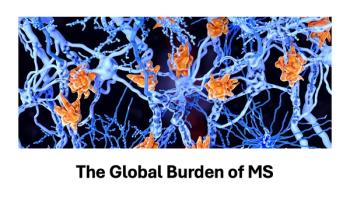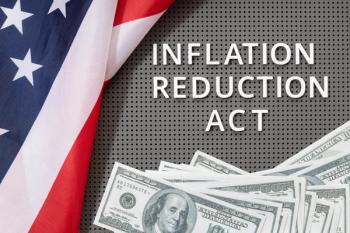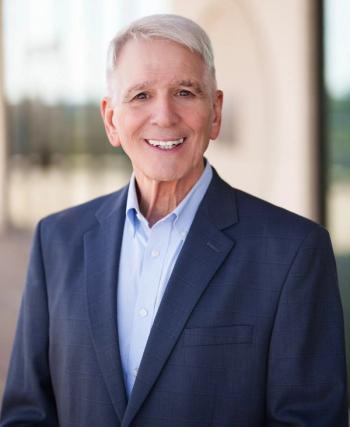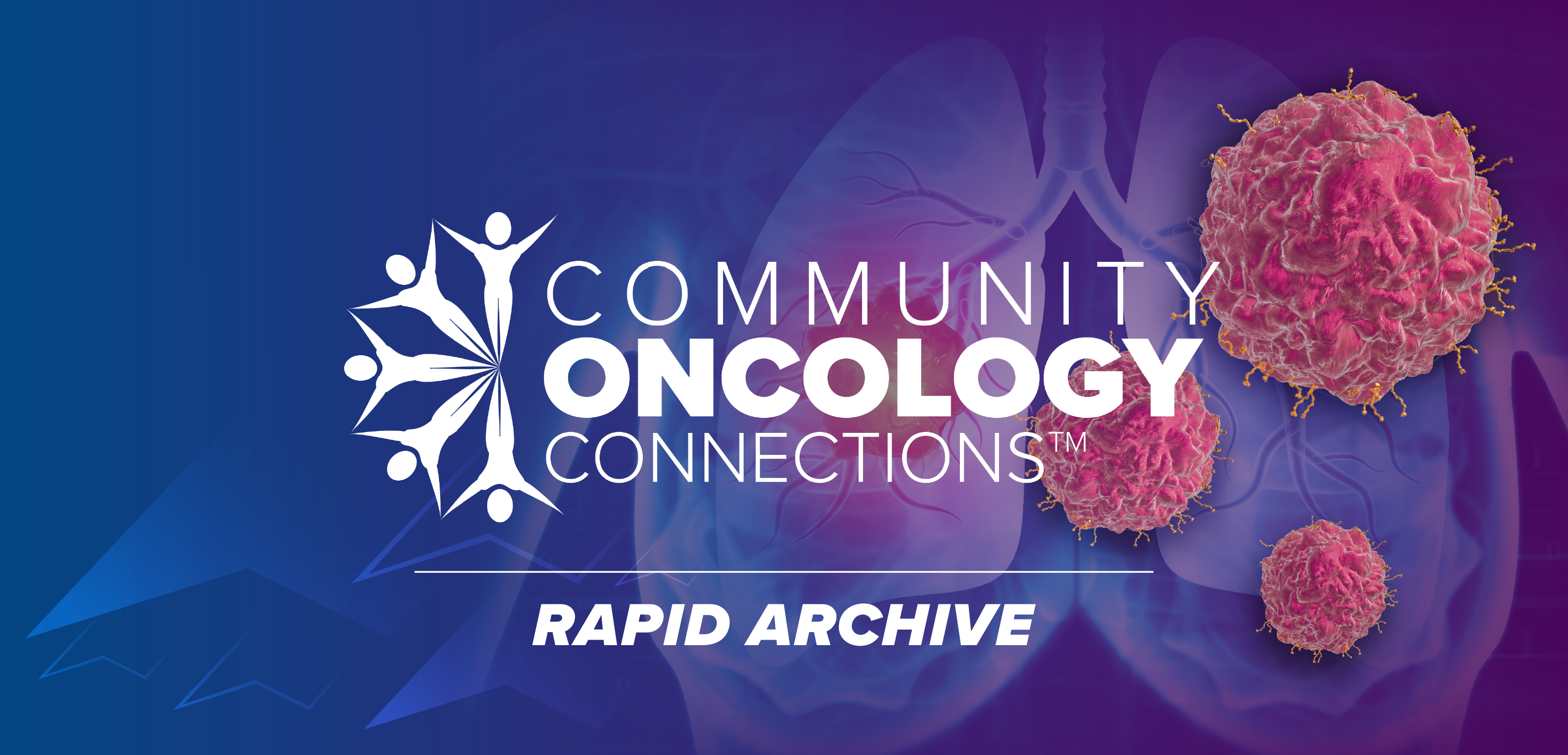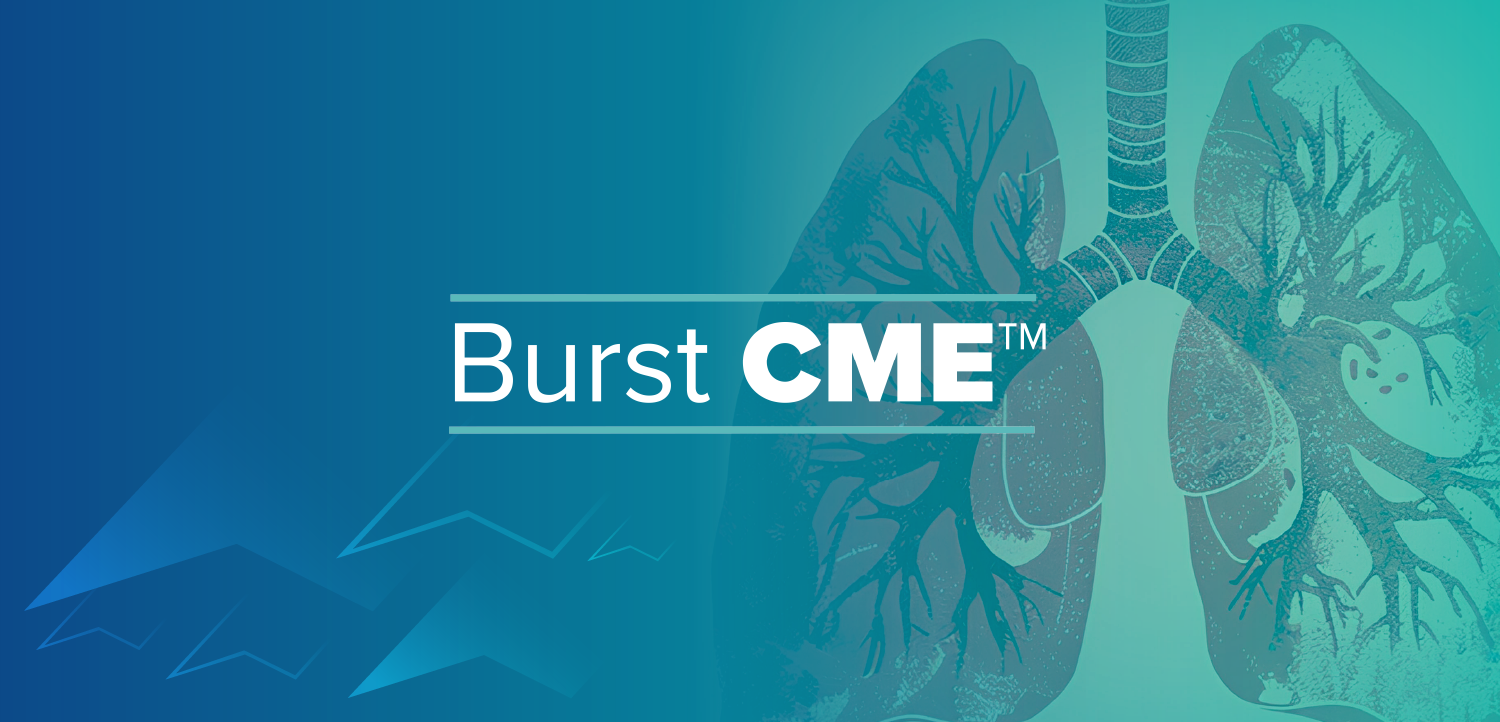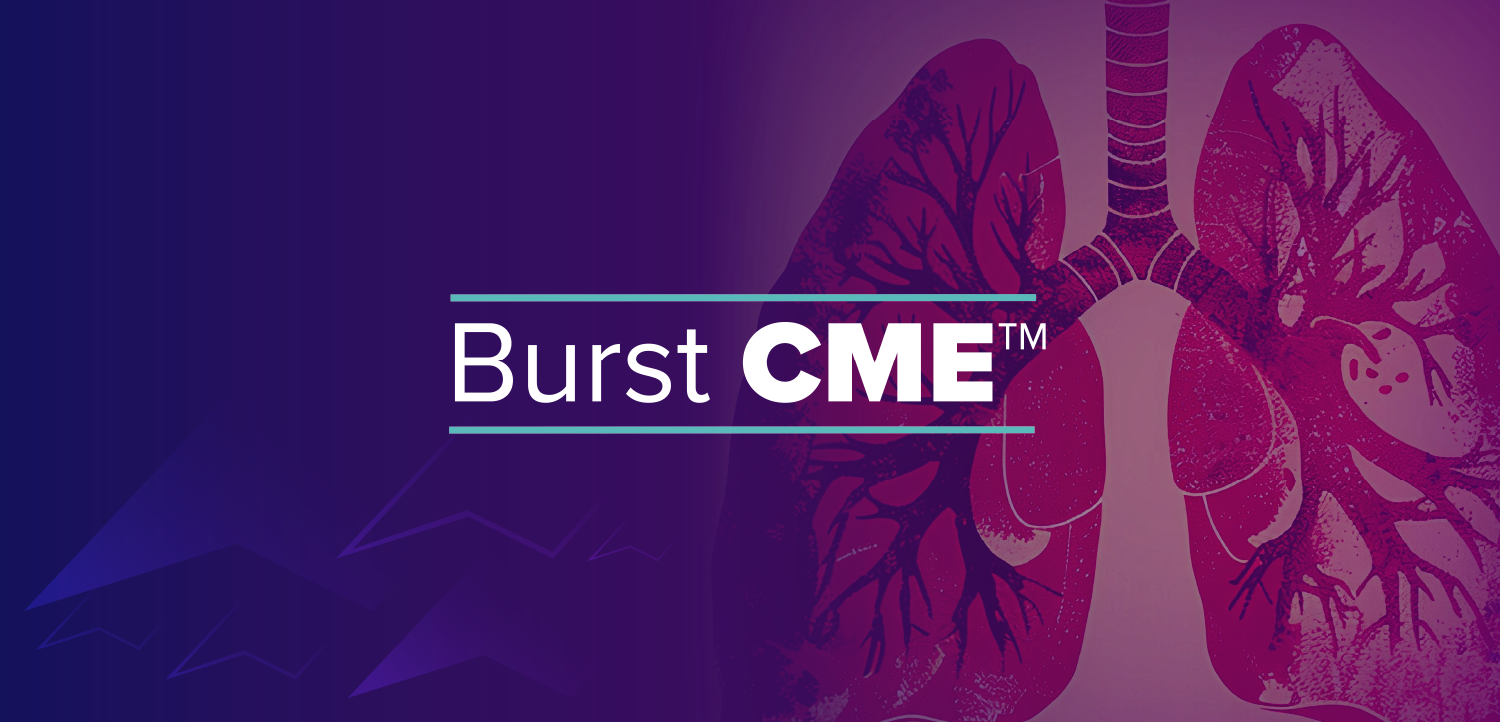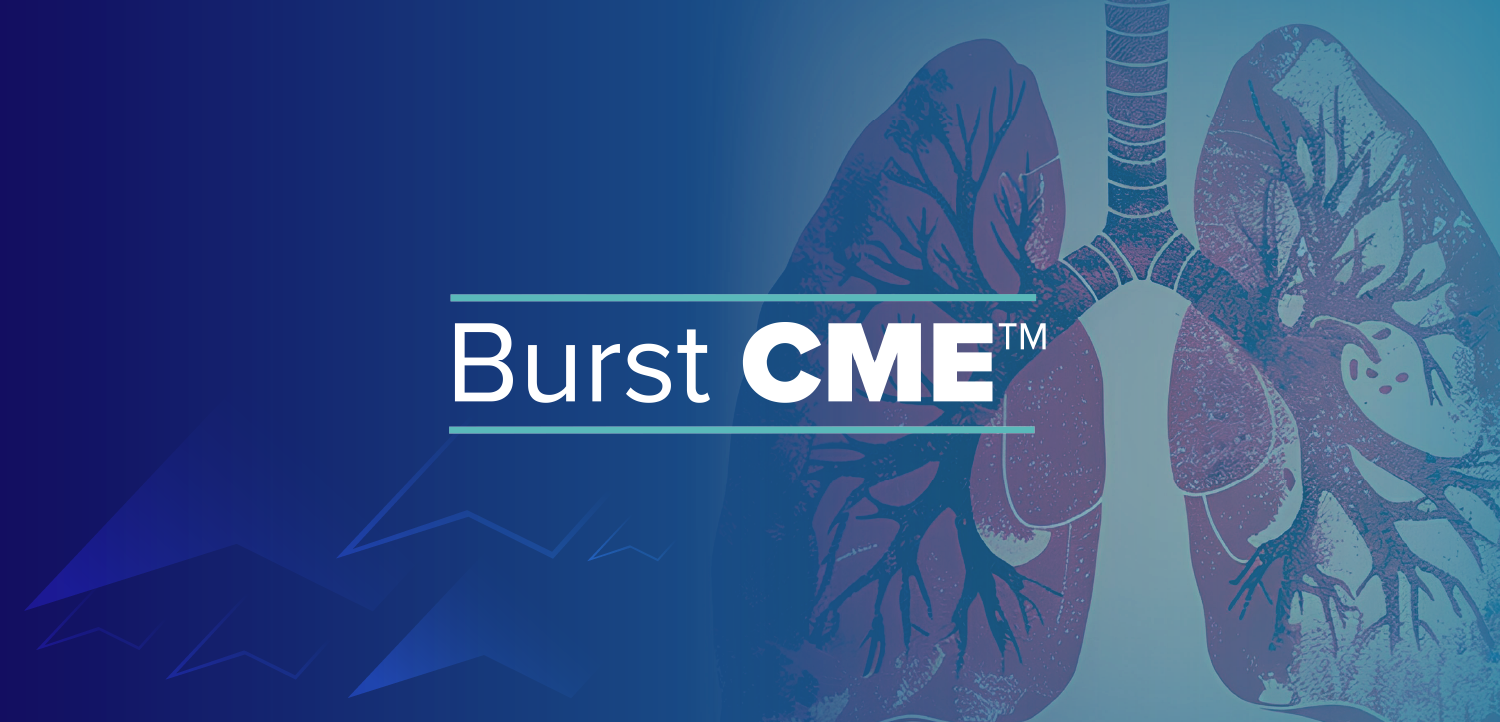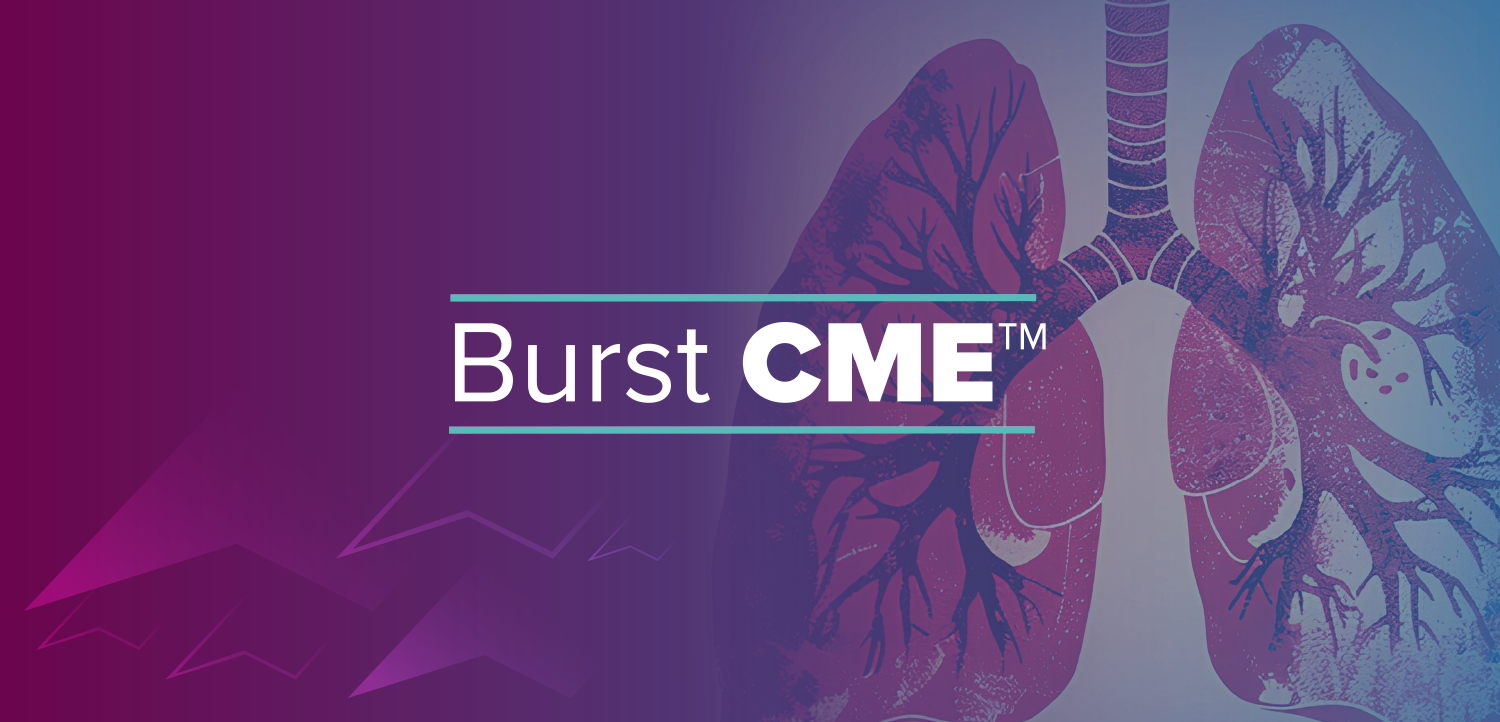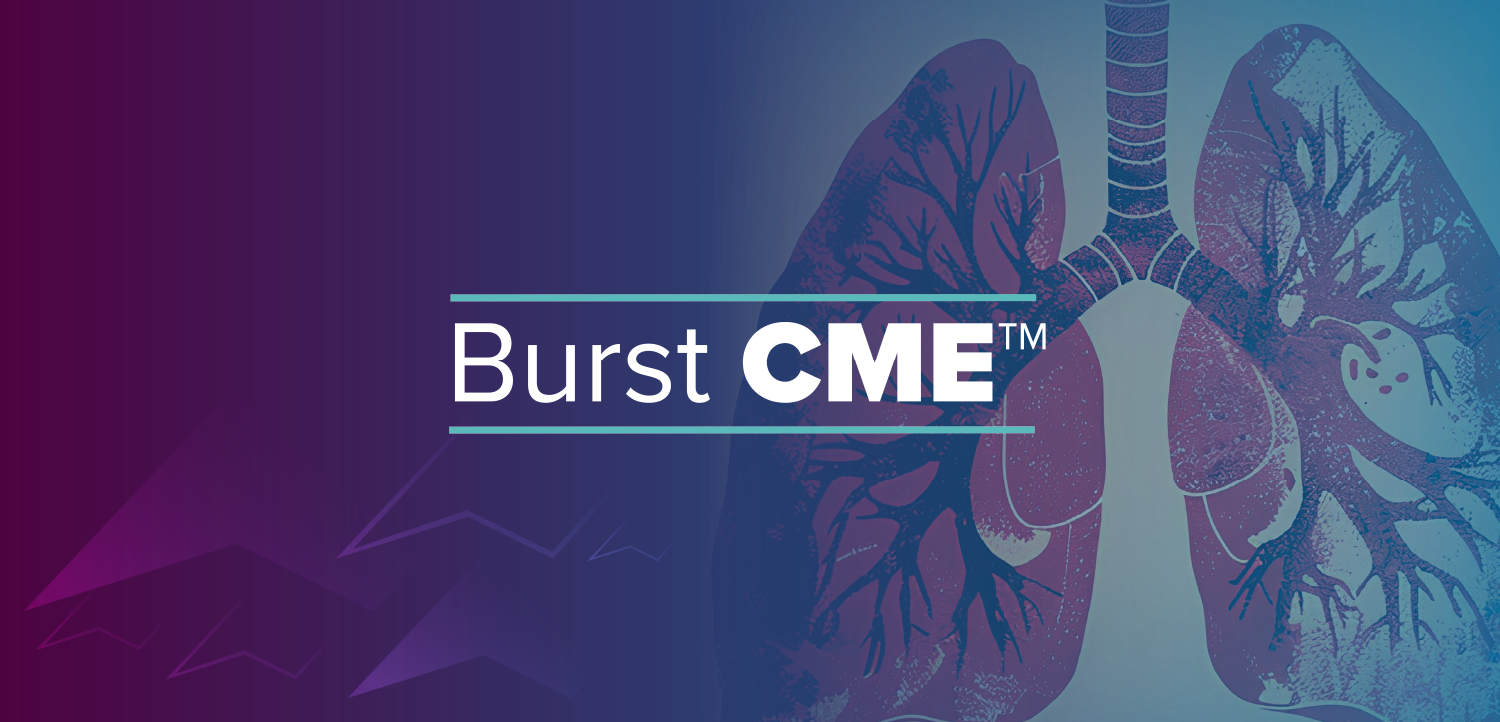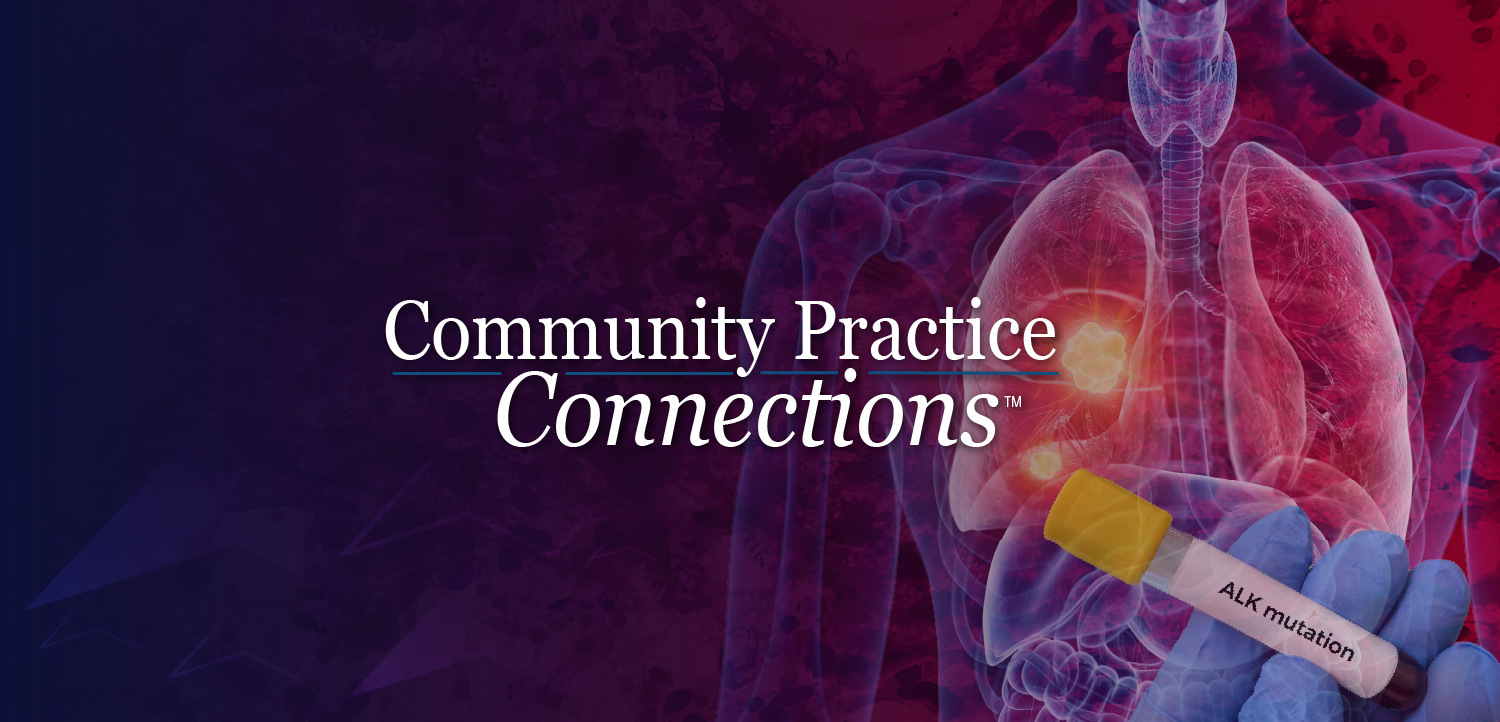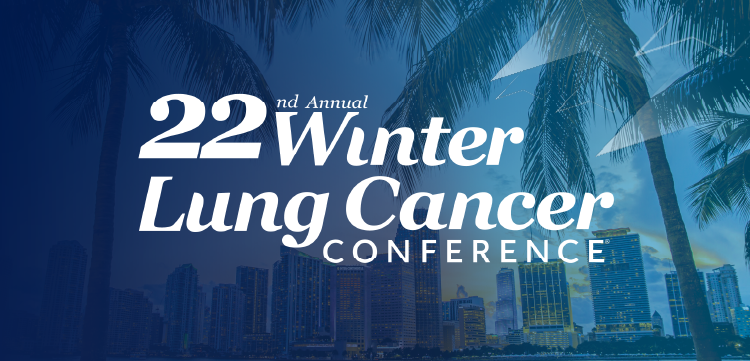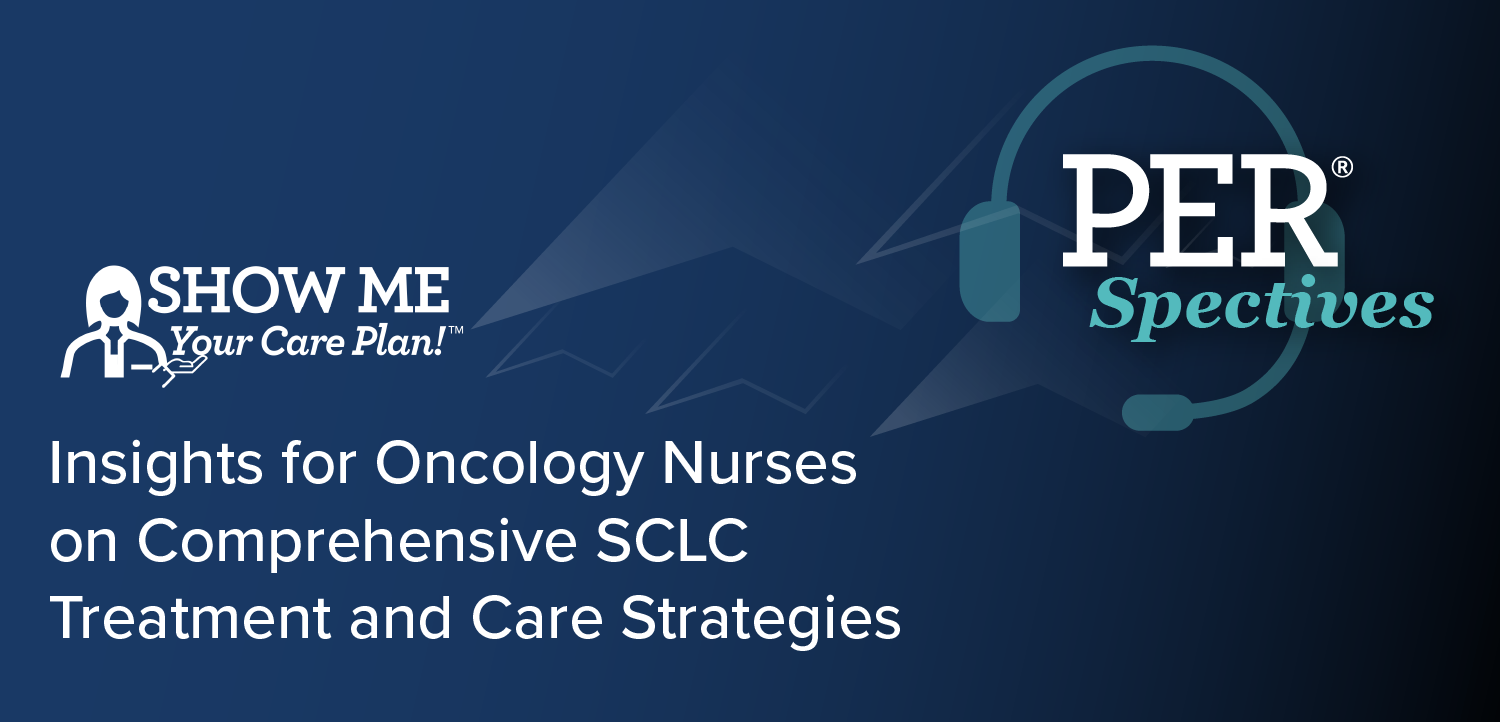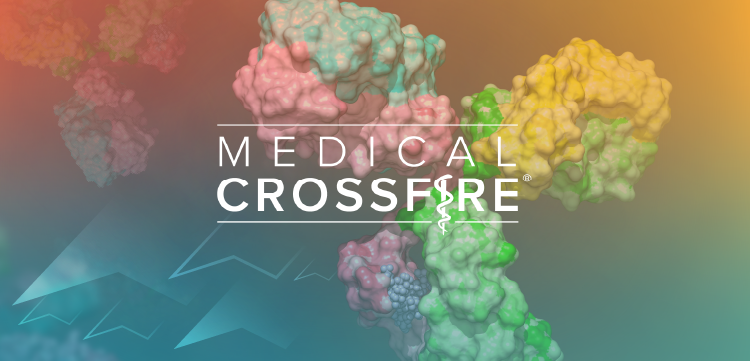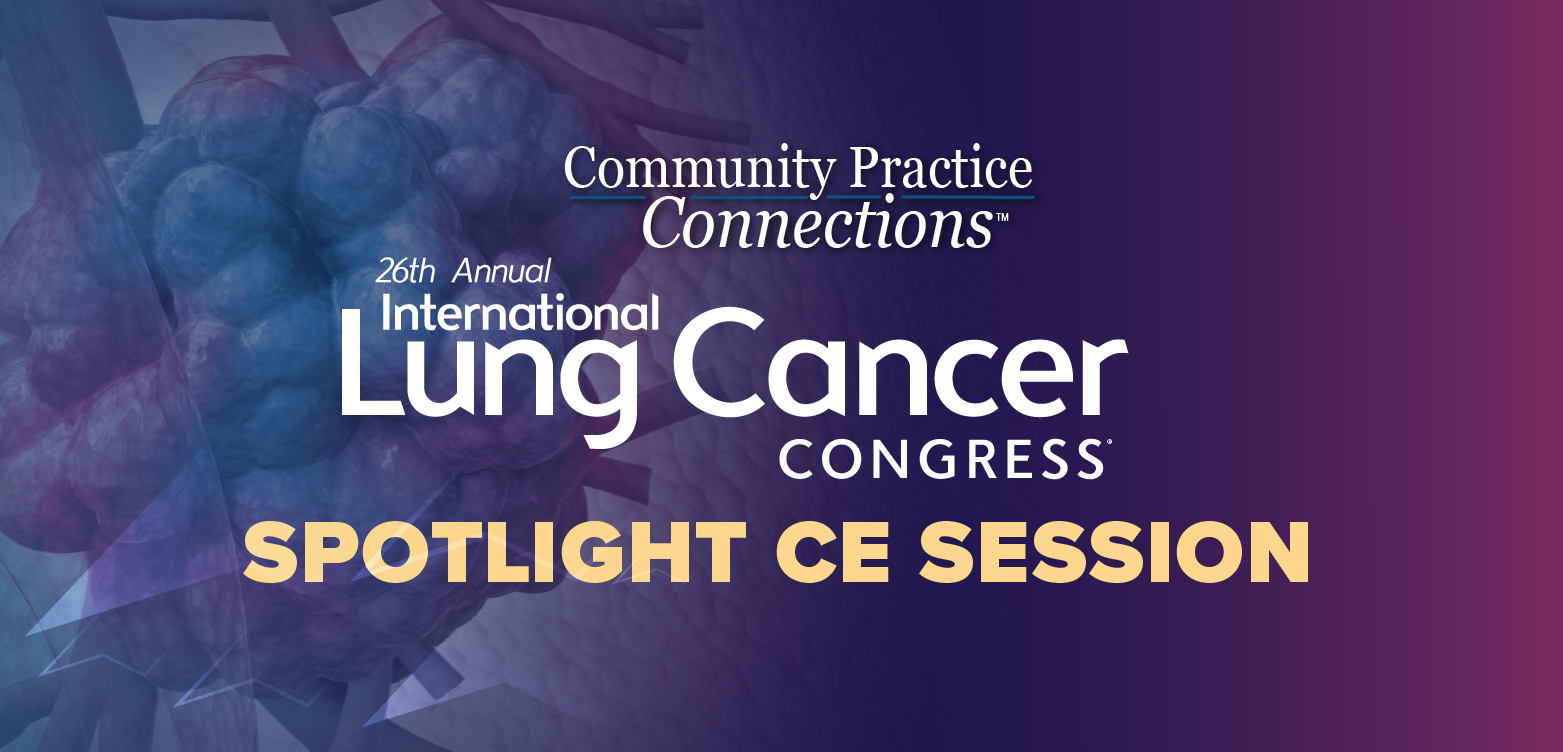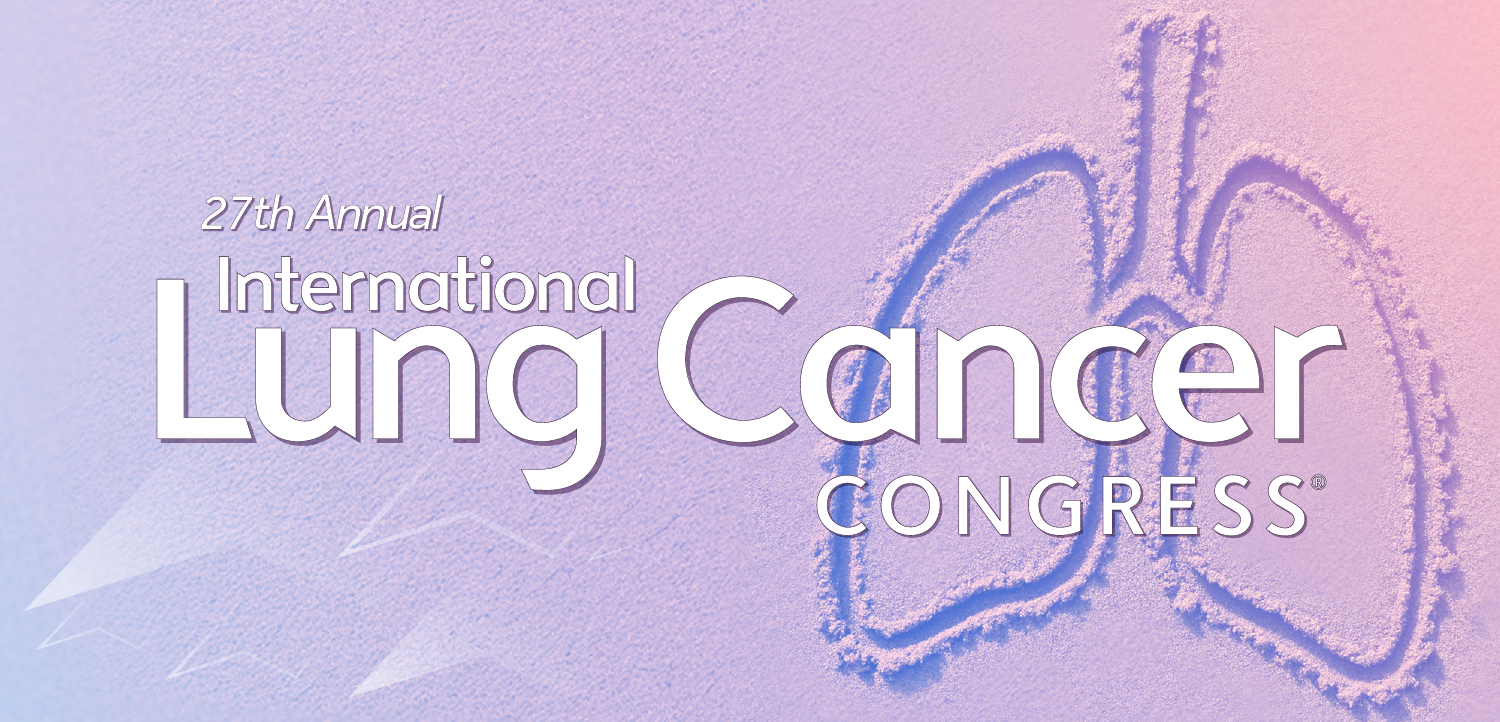
Healthcare and finance meld to serve the new market
For some problems, there are no easy answers. Even the best solution might have detrimental drawbacks. We see this in healthcare every day when we try to deliver care to the uninsured, improve health through lifestyle changes or push the quality envelope.
For some problems, there are no easy answers. Even the best solution might have detrimental drawbacks. We see this in healthcare every day when we try to deliver care to the uninsured, improve health through lifestyle changes or push the quality envelope.
According to an annual survey conducted by the Kaiser Family Foundation, only 60% of employers are now offering their employees healthcare coverage, compared with 66% as recently as 2003. Just six years ago, that figure was closer to 69%.
It makes many wonder if we're on the fast track to eliminate employer-sponsored health plans altogether. But then, what are the alternatives? We could operate under a government-run universal plan like so many other countries have. In 2002, Oregon voters rejected a proposed statewide universal health plan, leading me to believe that this country isn't comfortable with the idea of exclusive government-run healthcare. Another option would be a private sector innovation distinctly different from what we deliver now. Unfortunately, we haven't quite discovered that innovation yet, although consumer-directed healthcare (CDHC) might bring us closer.
The Commonwealth Fund and Employee Benefit Research Institute reported last month that employees enrolled in high-deductible health plans complemented by HSA or HRA savings accounts weren't exactly thrilled with the arrangements. If they had the opportunity to switch to more comprehensive insurance, 46% of them said they would. The survey cited higher out-of-pocket costs, delaying or avoiding care, and lack of information as the main reasons why some CDHC customers were unhappy.
Even so, these same consumers reported acting in more cost-conscious ways, which is one of the desired effects of CDHC. We might attribute their dissatisfaction to the learning curve and the lagging information supply-all things that could work themselves out with time.
FINANCIAL POTENTIAL
Some observers are predicting that by the end of the decade, 10% of insured lives will be associated with an HSA. While the HSA model might not become the be-all solution any time soon, we can at least agree that it is another reasonable choice.
The Blue Cross and Blue Shield Assn. announced recently that its board of directors has approved the development of the Blue Healthcare Bank, a centralized financial institution meant to facilitate and manage health savings accounts for its members. Blues members account for approximately 40% of the total HSA market today.
UnitedHealth Group chartered Exante, its own financial institution, in 2002. Beginning this month, consumers with an HSA deposit account at Exante Bank will have the opportunity to invest their HSA assets, a strategy encouraging long-term saving for future healthcare expenses.
While healthcare organizations might not be getting into the banking business competitively, they certainly are creating innovation to support the functions of their products-particularly HSAs.
Perhaps this melding of financial and healthcare industries is a stepping stone to another innovation down the road that we haven't even conceived of yet. And perhaps that one might be the winner.
Julie Miller is editor-in-chief of MANAGED HEALTHCARE EXECUTIVE. She can be reached at
Newsletter
Get the latest industry news, event updates, and more from Managed healthcare Executive.

